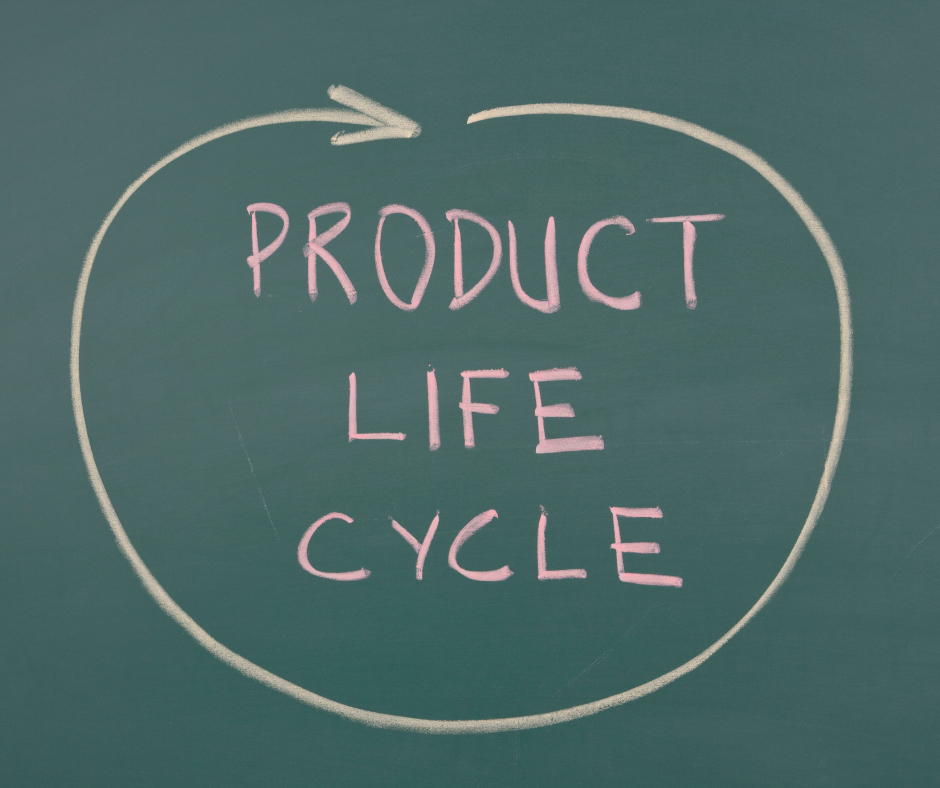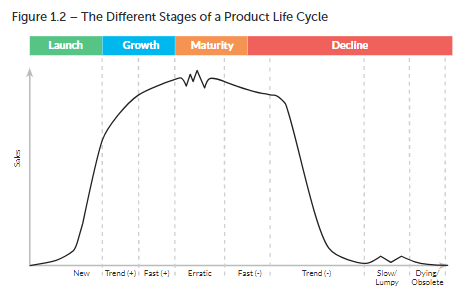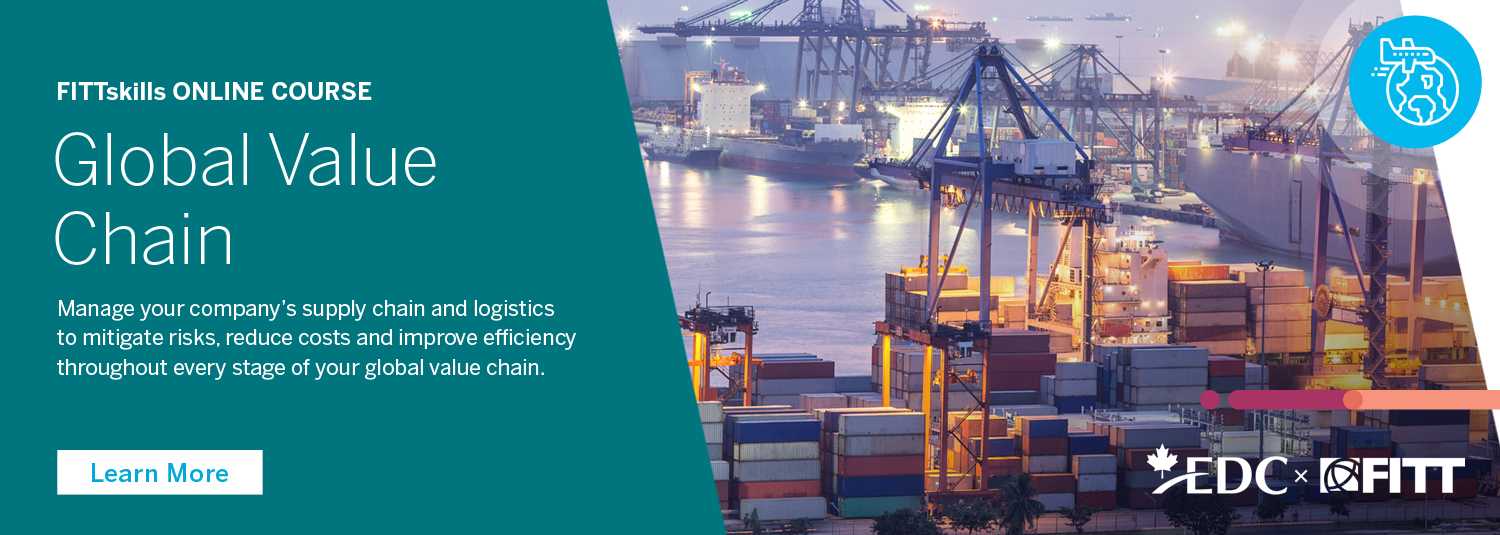 Product life cycle is a business management technique that defines stages in the lifespan of commercial or consumer products. Product life cycles are used for determining the normal phases a product goes through over its lifespan.
Product life cycle is a business management technique that defines stages in the lifespan of commercial or consumer products. Product life cycles are used for determining the normal phases a product goes through over its lifespan.
Every manufacturer and distributor of after-market parts needs to know the different stages of their product life cycle to ensure inventory levels are being accurately forecasted and replenishment reorder points are in alignment with customer demand.
Different stages of a product life cycle
From the time a new product is launched to the market, it will invariably go through a typical life span where demand will traverse though nine different demand types from initial product launch to the end of the life cycle.
As the product moves through the demand stages that are outlined in Figure 1. 2, different forecasting and planning techniques are required to effectively forecast demand. Figure 1 2 illustrates how a product life cycle changes over time as it migrates from one pattern to the next.

Want to learn more about how to procure goods and services and in international markets efficiently and effectively? Check out the FITTskills Global Value Chain online course. 
The four main stages of a product life cycle are:
1 | Launch: There are heavy distribution and promotion expenses to sell this new product and an inventory planner may need to increase inventory levels to ensure product is available as sales begin to rise.
2 | Growth: As a product increases in popularity with consumers, sales will start to rise. It may be a rapid growth or a slower one, but the growth trend will still be positive. Growth rates can be highly variable and sporadic. Successful inventory planners will frequently run demand forecasts to ensure they have the right stock levels, safety stock and reorder points to optimize their cost model while ensuring a high order fill rate.
3 | Maturity: Once the product is well established and the consumer marketplace has been saturated or has met their satisfaction with the product, then the growth slows down and begins to level off. In this stage, inventory planners will typically see erratic, slow or fast spikes in customer demand. This demand pattern type can vary greatly and will require frequent forecasts to ensure stocked items are optimized.
This is the primary stage of the product life cycle where managers of stock will want to begin inventory planning to reduce their target customer service levels in order to lower inventory levels for the oncoming decline of product demand.
This is a difficult transition for most companies as they do not want to risk missing sales due to lower inventory levels and stock outs, but the costs associated with carrying large quantities of excess or obsolete stock could be a huge financial burden if not managed properly.
4 | Decline: After a product has reached its maturity stage, sales will eventually fall due to changes in consumer demand or due to newer product offerings or competing products being supplied to the market.
Different products have different growth and decline patterns. Smart inventory planners that have already accounted for the decline in demand have typically taken a number of actions to ensure stock levels are being reduced at an appropriate level to avoid being left with obsolete stock.
Orders will diminish as contract time periods end, and suppliers must be careful not to be caught with dead and obsolete stocks of raw materials, components or finished products.





disqus comments